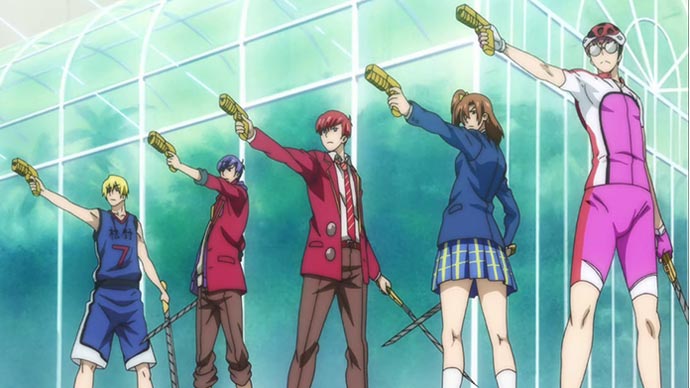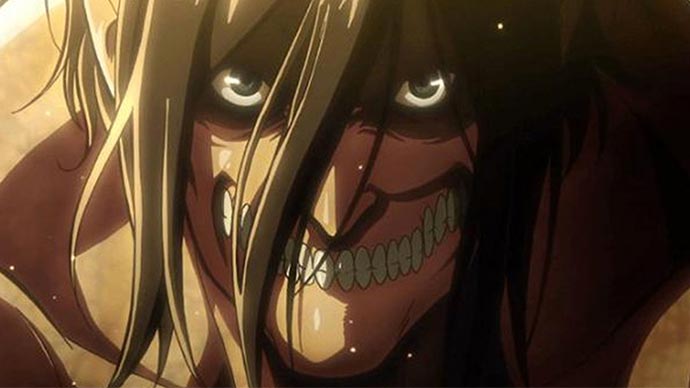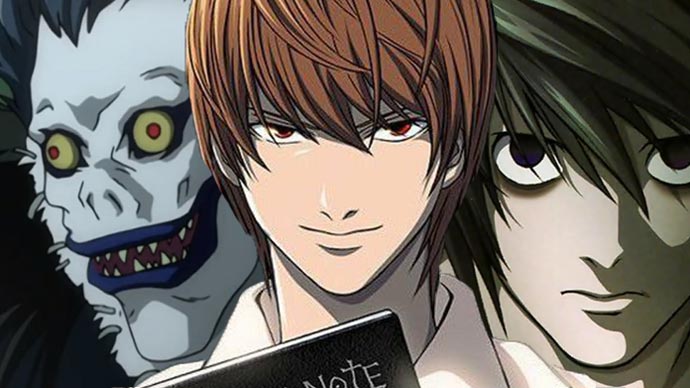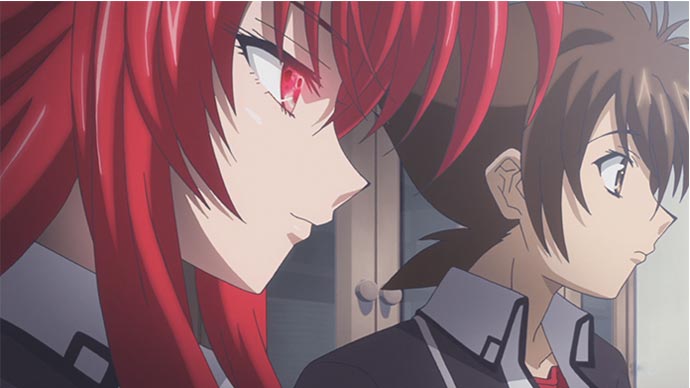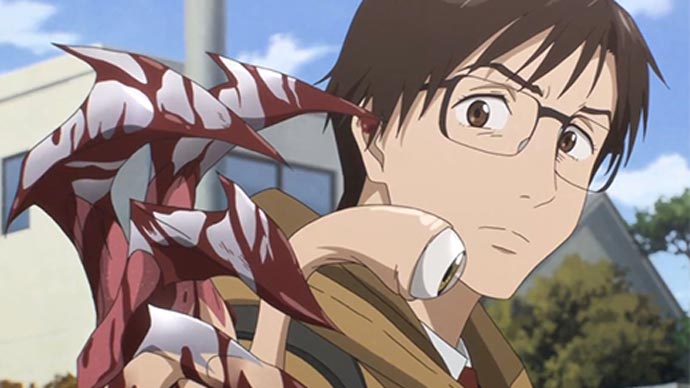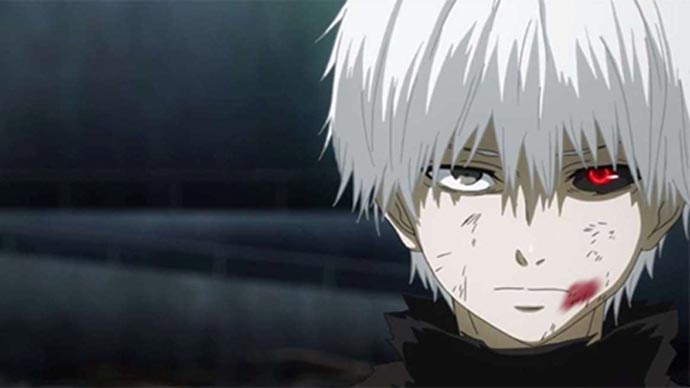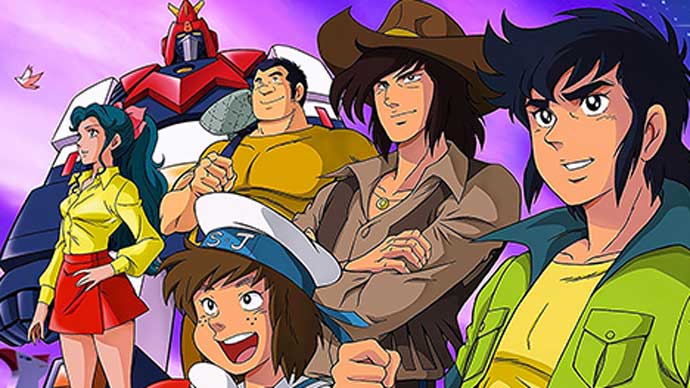But with international success comes international scrutiny! While many anime series were aired at the same time as they were in Japan, there are notable examples of anime series being banned in certain countries for various reasons. That’s right, media bannings aren’t limited to books, movies, and video games. When you go beyond mainstream and family-friendly anime series like Pokemon, Digimon, and Cardcaptor Sakura, you’ll find all kinds of unusual anime series that can be offensive. Here are some of the most notable anime series that were banned in countries around the world and what they did wrong.
7. Mr. Osomatsu
Mr. Osomatsu is a comedy anime based on the 1962 manga Osomatsu-kun about six mischievous siblings who always manage to get out of trouble. The anime follows them as adults, and features a lot more adult humor accordingly. The first episode of Mr. Osomatsu is packed with parodies of famous anime series, including Attack on Titan, Kuroko No Basuke, Dragon Ball Z, and several others. And that’s why it was banned. While most anime series are banned for violence or sexual content, Mr. Osomatsu’s first episode ran afoul of copyright laws. Western countries have Fair Use policies, but in Japan, the rights of intellectual property owners are protected much more strictly.
6. Attack on Titan
Attack on Titan might be one of the most popular mainstream anime series of the modern age, but that’s not enough to keep it from being banned by world governments. While this anime series full of monstrous creatures that feast on humans is thrilling and packed with plot twists, the eponymous Titans are so gruesomely violent that many find the animation disturbing. Along with dozens of other animes, Attack on Titan was banned in China for excessive body horror. But on top of that, Attack on Titan was banned even harder for promoting opposition to authority. (The societies in the show can be interpreted as real-life analogues of the relationship between Japan and China.)
5. Death Note
Death Note is a psychological thriller with lots of crime, injustice, violence, and death. It’s a must-watch for fans of dark and mysterious cat-and-mouse series with smart characters. It starts with Light Yagami, a high school student who finds a “Death Note” that lets him kill anyone by writing their name in its pages. Light uses this power to massacre criminals and purge immorality, but eventually becomes the target of an elite investigation squad. Death Note was banned in China because it influenced real-life children to begin writing the names of those they hate in their own mock Death Notes. Death Note was also banned in Russia for its depictions of violence, crime, and murder.
4. High School DxD
High School DxD is a popular anime series involving a guy who’s reincarnated as a devil after death. With his perverted mind, he plans to build a harem and be the Harem King as he rises in ranks. The series was banned in New Zealand for containing too many sexually suggestive scenes with its cast of young characters. Touching on topics of sex and harem, it was deemed too close to child pornography (possibly even crossing the line at times). Other sexually suggestive anime series, like Puni Puni Peomy, have also been banned in New Zealand for the same reason.
3. Parasyte: The Maxim
Parasyte: The Maxim is an anime series about alien parasites arriving on Earth and infecting humans, allowing the parasites to disguise themselves as humans with altered physical and psychological states. The main character is Shinichi Izumi, who managed to avoid total possession by restricting the parasitic infection to his hand—so now his hand has a mind of its own and can shift into murderous shapes. It’s a brutal, violent, and bloody anime series with lots of body horror. With all the slashing, stabbing, and dismembering, Parasyte: The Maxim was declared “too disturbing” and banned in China.
2. Tokyo Ghoul
Tokyo Ghoul is one of the best anime series of all time if you want a dark, thrilling, and horrific mystery plot. The story involves a young boy who’s attacked by a ghoul and miraculously survives as a half-ghoul. Now he must consume human flesh to continue living, all while co-existing in human society. Tokyo Ghoul was banned in China (both the anime and manga) because it started body stitching trend among youths. One of the characters in Tokyo Ghoul, Juzo Suzuya, has stitches on his face—and people were imitating it because it looked cool. Not to mention that Tokyo Ghoul is extremely violent and gruesome. That led to the anime being banned in Russia for its depictions of crime, murder, and violence.
1. Voltes V
Voltes V began airing in the Philippines in 1978. It’s a story of family, mystery, and a giant robot fighting off an alien invasion—a giant robot composed of five different machines, each piloted by a different character. (Sounds a bit like Power Rangers, huh?) One year later, in 1979, Voltes V was banned in the Philippines for “excessive violence” and its harmful influence on children. According to reports, parents and guardians pleaded the government to cease airing the show for the sake of their kids. As a result, Voltes V was taken off the air—along with several other mecha animes, including Daimos and Mazinger Z. It wouldn’t be another two decades before the ban was lifted. Read next: The Best Old-School Anime Series That Are Forever Timeless
